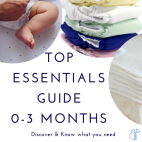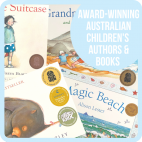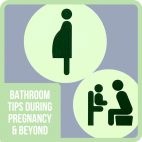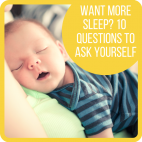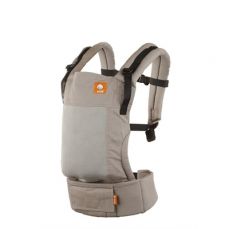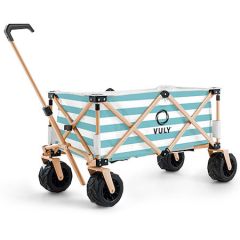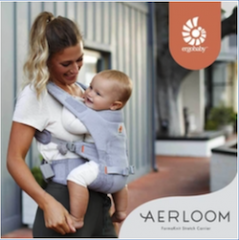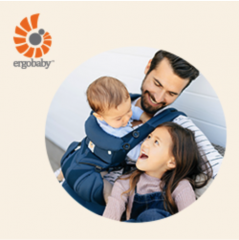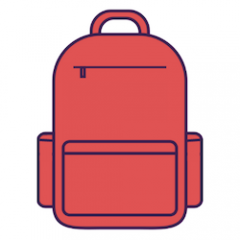Child Car Seats - 6 Common Problems to Avoid Transport Suitable for stages: 0 - 3 Months, 3 - 6 Months, 6 - 12 Months, 12 - 18 Months
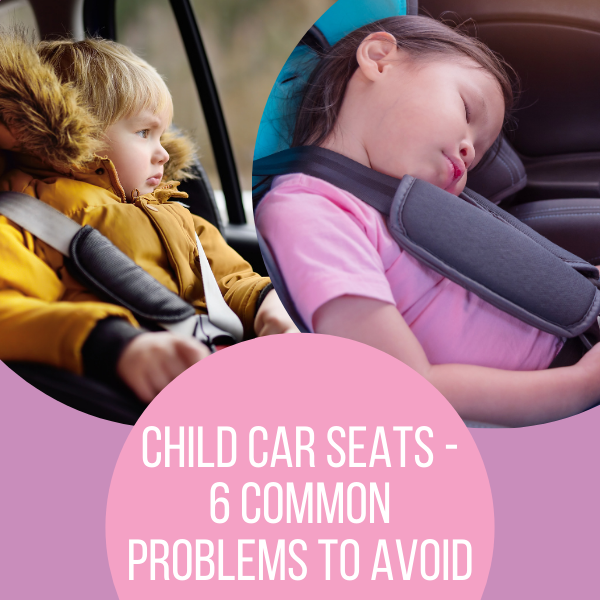

As a new parent, it can feel nerve-wracking driving with your baby for the first times. It feels like you have the most precious cargo to protect as you drive on high alert and check your baby every few seconds.
There is a lot to learn and remember when you are a parent, but one thing you don't want to get wrong is your child's safety during car travel.
Here are six common problems that you can avoid with a properly installed and adjusted car seat, properly adjusted harness and some handy accessories.
1. Seat not adjusted to your baby's size
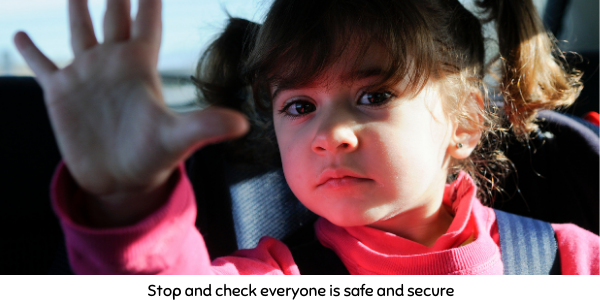
It is important to check baby is correctly positioned in the seat and with the belt securely tightened each time you put them in the car.
Babies grow so fast, so you need to know how and when to adjust the shoulder straps. The shoulder straps should be at or slightly above shoulder height. Some seats require the shoulder height to be changed by re-threading, others have an easier pull-to-adjust system.
Check the instructions and practice adjusting the belt height so you know what to do when the times inevitably come.
2. Harness too tight or too loose
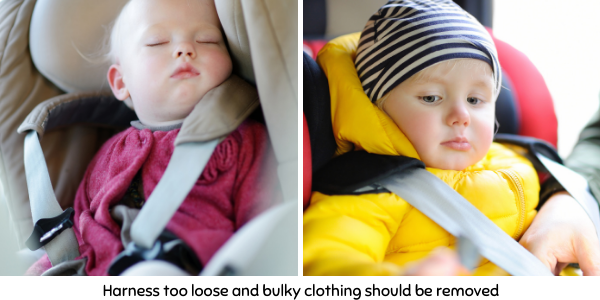
Be sure to remove any thick coats and any bulky clothing or blankets before securing the harness. This is because the bulk in the clothing can be compressed in an impact and will end up being far too loose. It also prevents your baby from overheating when travelling in the car.
If it is cold, put a coat or a blanket over your baby after you strap them in. Alternatively, dress your baby in a sleeping bag which has a hole in the back for threading through and fastening the belt.
When you clip in the buckle, you should always check that the belt is tensioned so that it is supportive but not restrictive. If you can pinch the belt, it is too loose. It’s too tight if you can’t fit a couple of fingers under the belt.
The belt tension is usually tightened by pulling the strap at the front of the seat (between the legs) and loosened by pressing the button and pulling on the strap to loosen. Be sure to try this all out before your baby's first car ride and read the instruction manual.
3. Twisted harness/belt
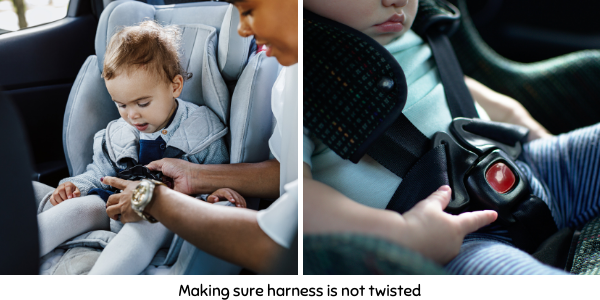
Each time you fasten the harness, make sure the belt is not twisted. Occasionally the strap can twist upside down through the shoulder holes and in the back of the seat. This usually happens if you are in a rush and loosening/tightening the straps a lot.
Twisted straps can be dangerous, uncomfortable and frustrating.
If you need some tips on how to untwist straps, YouTube has the answers.
4. Seat angle too upright - head slumping
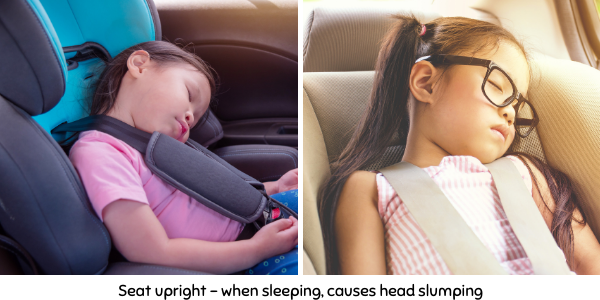
If the angle of the seat is too upright, your baby’s head will slump forward when they fall asleep, which may restrict breathing. There are a few options to increase the recline of the seat:
- Adjust the angle of the child car seat as per the instructions - these should state the ideal angle of the seat to achieve and how to adjust the seat for the desired angle.
- Adjust the backrest recline of the back seat of the car if possible
- Prop between the car’s back seat and the base of the child car seat with something that won’t slip around such as a towel to increase the base angle of the seat.
For very small babies before they have head control, the car seats which are suitable for a large age range may not support the head in a good position.
It may be tempting to buy aftermarket (not provided with the car seat) accessories such as padded inserts or head pillows. The risk is that an unapproved accessory can reduce the safety of the child restraint and may cause injury or death. Any accessories should be compliant with the relevant Australian standards and state that it is suitable for use with the exact model of car seat you have. If there is no accessory that is suitable for the car seat, it is best not to use anything.
5. Too much sun and heat on your baby in their seat
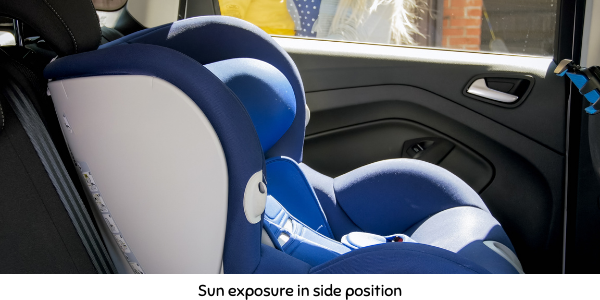
If your car windows are tinted, this can provide some UV protection and cut some of the heat coming through the windows. If the hot sun is on your baby, there are a few things to try:
- The car should be well ventilated using fresh air through the air conditioning system or having some air coming through the windows.
- Most car seats come with a sun canopy. Installing it may provide some protection from the sun.
- There are also covers or shades for the side-back windows which can be purchased from baby product retailers or auto shops.
Brica White Hot Wrinkle Free Cling Shade - The Stork Nest
- Covering the seat with a blanket or wrap is not recommended as it affects oxygen levels and can heat up the space around your baby.
- Placing the seat in the middle position of the back seat may also provide some protection from the sun.
6. Parent can’t see their rearward-facing baby from the front seat
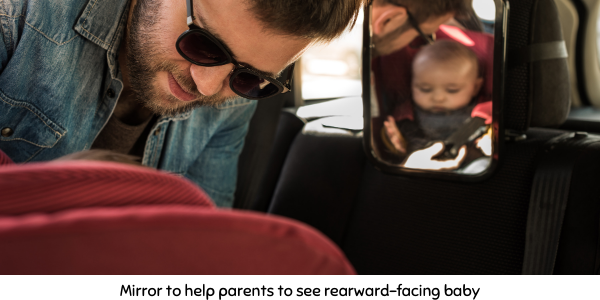
When driving, any new parent wants to and needs to be able to check on their baby. Having a back seat mirror or additional mirror attached to the windscreen can help with safely checking on your baby and can also give your baby that reassurance of seeing the driver. Anything which eases parental anxiety and reassures your baby has to be worth a try.
Baby In-Sight® Auto Mirror - from The Stork Nest
Hopefully, you can avoid these common problems and travel safely and happily in the car as your baby grows.
Happy travelling!
Check out our baby car seat buying guides in our Babylife section under the 'Transport' tabs
Please note: Above all, any information on this website aims to provide general ideas for informational and educational purposes only. We encourage users to investigate several information sources, including, where necessary, independent individualised medical advice before making any decisions that could affect you or your child’s health or wellbeing.
* BabyPeg participates in various affiliate programs and may earn a commission for referring our users through the links provided. This is at no additional cost to our users. We take great care in choosing products and services which align with the mission of promoting better health and wellness for our BabyPeg community. Where possible, products are tried and tested by us. To continue to provide BabyPeg as a free service and reach as many parents as possible, we appreciate your support in using the link provided to purchase if you decide the product is right for you.
